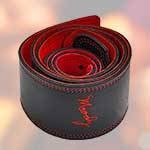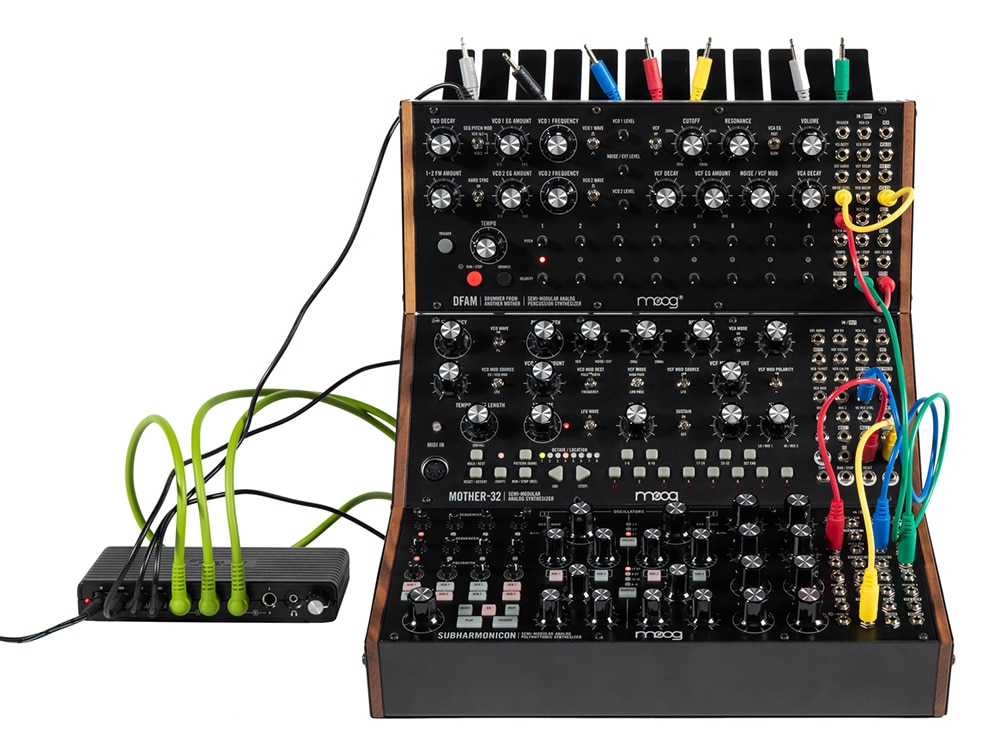
When you think of Moog, analog synthesizers probably come to mind.
Among their wide range of analog synths, the modular type is particularly famous.
Modular synthesizers come in various forms, such as Eurorack, desktop synths, and the 500 Series.
Recently, Moog has been releasing a variety of synthesizers, but they continue to include modular synths in their lineup. Today, I’m going to introduce some recommended desktop synths for gadget enthusiasts from this range.
- Preliminary Knowledge of Analog Synths -
Before introducing each model, let’s cover some basic knowledge about synthesizers.
Are you familiar with the three elements of sound?
These elements are scientifically defined as necessary for humans to recognize sound:
timbre, pitch, and volume. In synthesizers and electronic instruments, these are referred to as VCO (Voltage Controlled Oscillator) for timbre, VCF (Voltage Controlled Filter) for pitch, and VCA (Voltage Controlled Amplifier) for volume.
These names are derived from scientific transmitters, and synthesizers and music software are essentially derivatives of these.
Hence, every synthesizer includes VCO, VCF, and VCA.
The VCO is typically the entry point for sound generation, often outputting some form of waveform.
The most common waveforms are sine, square, triangle, and sawtooth.
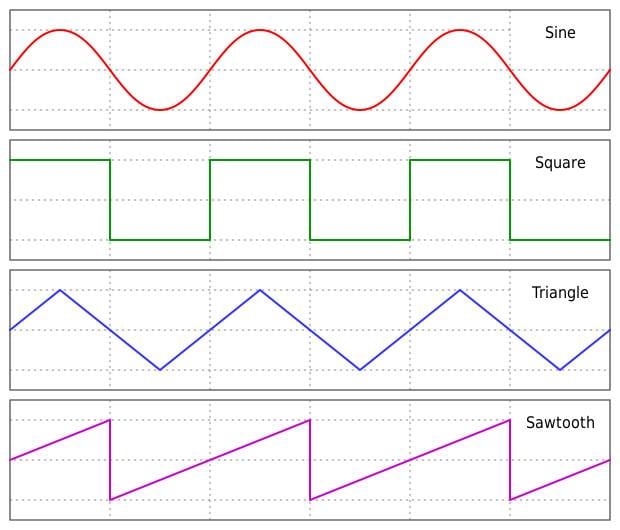
Waveforms, CC BY-SA 3.0 (Reference: Wikipedia)
There are also other waveforms derived from these.
By combining these waveforms, white noise, and external sound sources, you can create specific sounds.
The VCF, as its name suggests, changes the pitch of the sound by filtering certain frequencies (Hz).
Basic filters include high-pass filters (which cut off lower frequencies) and low-pass filters (which cut off higher frequencies), allowing you to create specific pitches by filtering different frequency ranges.
The VCA, as indicated by its name, is responsible for determining the final volume, similar to guitar amps or speaker amps, and is typically adjusted with a single knob.
Now, let me introduce Moog’s representative modular and semi-modular synthesizers.
Modular synthesizers allow you to connect and modify various components via patch bays, enabling you to manipulate modulation and other effects as desired.
Semi-modular synthesizers offer the flexibility of patching while also allowing intuitive control via knobs like on analog synths, making them easier to use.
Moog / Mother 32 Analog Synthesizer
The Mother 32 features numerous knobs for creating Moog’s signature analog synth sounds and a patch section typical of modular synths.
The oscillator section (VCO) includes two waveform types: FM sawtooth and pulse wave.
These can be selected individually or output simultaneously, and can be combined with white noise or external audio sources.
The filter section (VCF) includes Moog’s characteristic ladder filter.
It offers both low-pass and high-pass filters for multiple pitch changes.
Both the VCO and VCF can be assigned LFOs and EGs, allowing for more nuanced changes.
As a semi-modular synth, the Mother 32 comes with 32 patch points, enabling modulations that aren’t possible with standard analog synths.
Moog / DFAM (Drummer From Another Mother)
Simply put, this is a drum machine.
While Roland’s TR-808 is famous, the DFAM is a semi-modular drum machine.
Drum machines are typically seen as synthesizers with inputs and outputs that beat out rhythms like a metronome.
However, the DFAM’s VCO section can output two oscillators with square and triangle waves and includes both low-pass and high-pass filters for modulation like the Mother 32.
The EG affects the VCA and VCF, allowing it to control the attack decay for creating the smooth first beat or a nuance like a reverse playback, even though it is a drum machine.
Moog / Subharmonicon Analog Synthesizer
Unlike the Mother 32, the Subharmonicon has six sound engines that can output multiple sounds simultaneously.
It handles square and sawtooth waves with two oscillators. Not only has it two oscillators, each featuring sub-frequencies, allowing each oscillator to produce three pitches.
This synth is notable for being able to be assigned to arpeggiators or sequencers to play accompaniment parts or continuously modulating main sounds.
While it operates as a standard analog synth, patching allows for unexpected and imaginative uses.
Moog / MG Mavis
The Mavis is a semi-modular synth that’s almost a full modular synth.
While most functions are simplified versions of the Mother 32, its standout feature is that it’s a kit you can assemble yourself.
For those who enjoyed assembling analog synths or theremin kits from magazines, the idea of building a Moog kit is thrilling.
As I mentioned that this is the simplified version of the Mother 32, it’s an excellent analog synth with high-quality materials despite being a DIY kit.
Besides the Mavis, all these models are also sold as bundled sets called Sound Studios. By using Moog’s genuine rack stands, you can set up all these products together.
Having a modular synth on your desk for solo sessions is a dream scenario for track makers and modular enthusiasts.
If you’re interested, be sure to check them out!





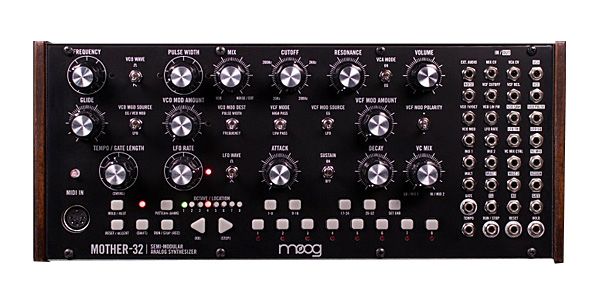
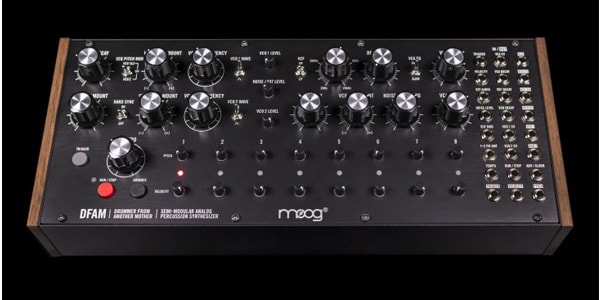
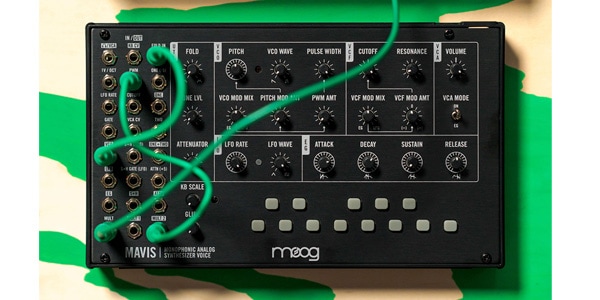



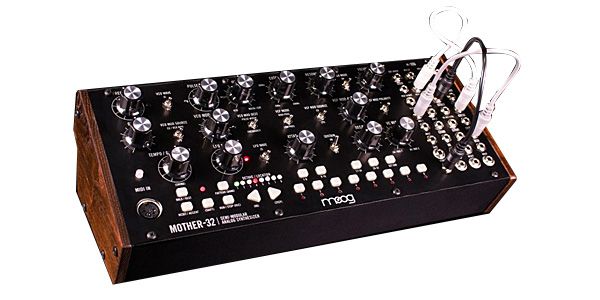
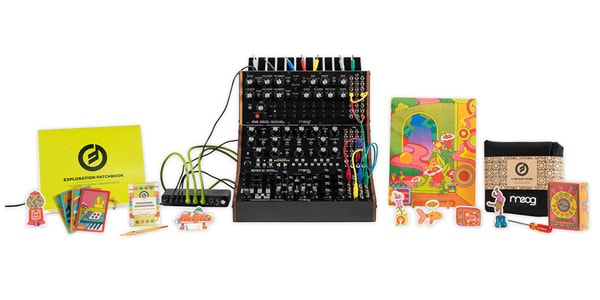
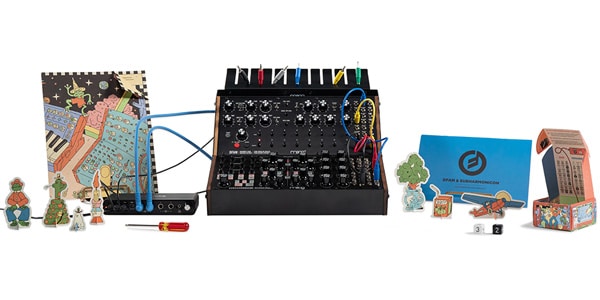
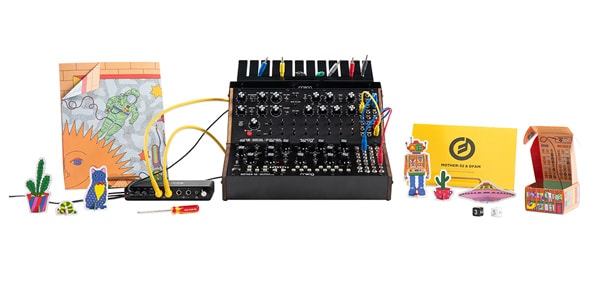
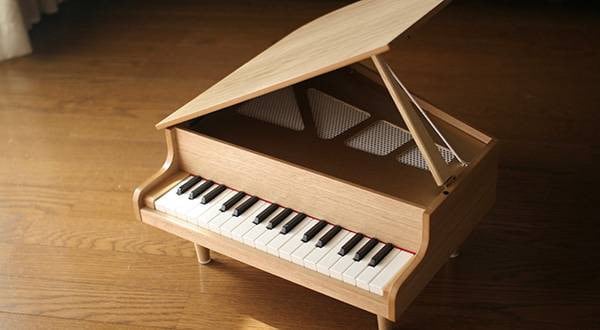
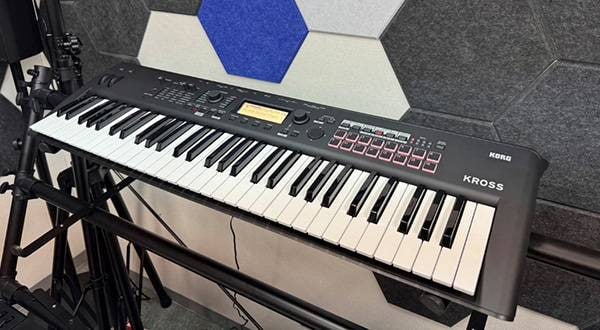

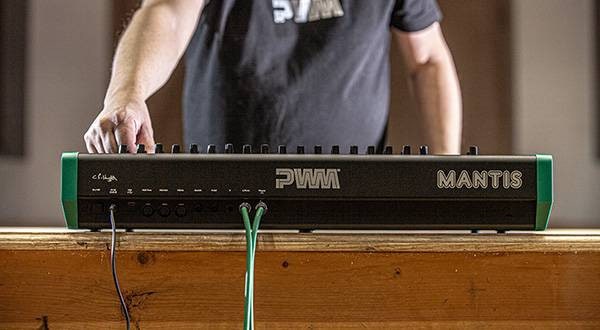
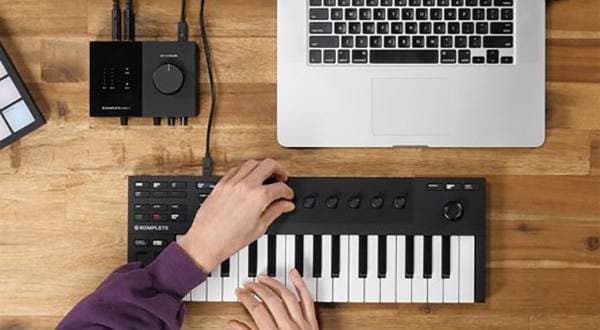
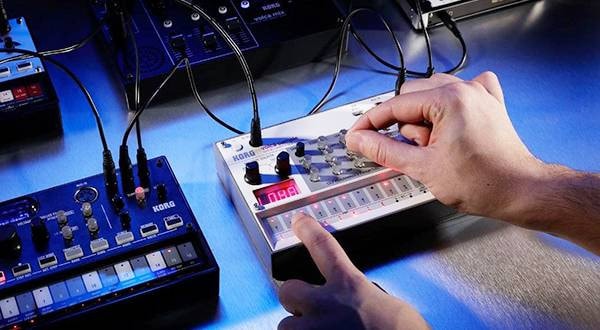
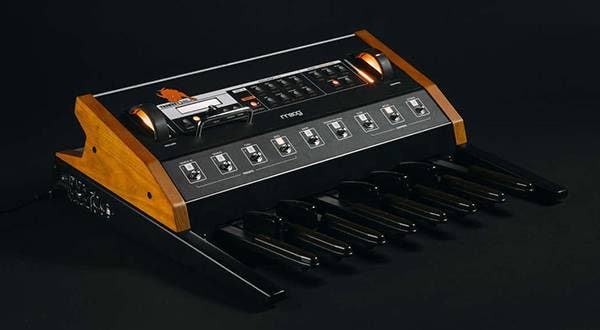
![[2025 Latest Edition] Choosing a Synthesizer/Popular Synthesizers Ranking](/contents/uploads/thumbs/2/2022/9/20220916_2_19446_1.jpg)
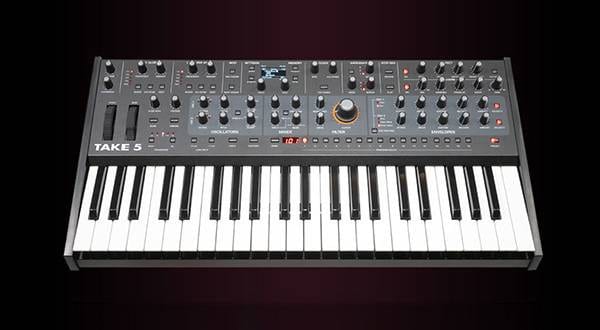
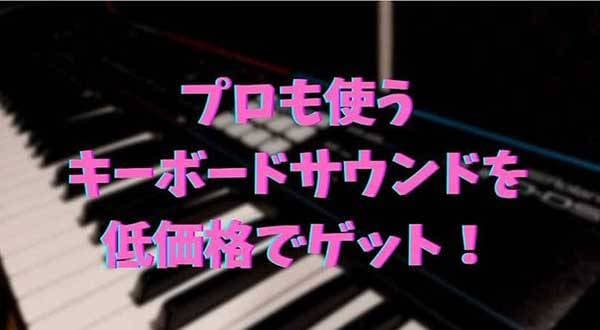
![[2025 Latest Edition!] Popular Modular Synthesizer/Semi-Modular Synthesizer Ranking [Recommendations]](/contents/uploads/thumbs/2/2021/12/20211202_2_15495_1.jpg)
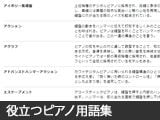 自分にあったピアノを選ぼう!役立つピアノ用語集
自分にあったピアノを選ぼう!役立つピアノ用語集
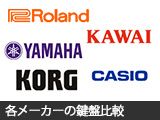 各メーカーの鍵盤比較
各メーカーの鍵盤比較
 まずは弾いてみよう!楽譜の読み方
まずは弾いてみよう!楽譜の読み方
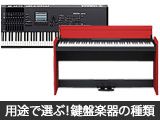 用途で選ぶ!鍵盤楽器の種類
用途で選ぶ!鍵盤楽器の種類
 キーボードスタートガイド
キーボードスタートガイド
 キーボード・ピアノ講座
キーボード・ピアノ講座

